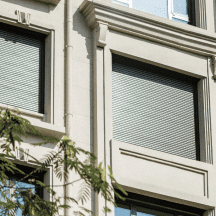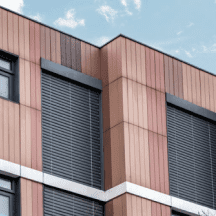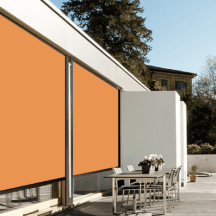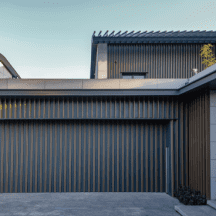MEDIA CENTER
Oct 8th, 2024
Jinxingyu Ultra-Low Energy Consumption Demonstration Office Building
In recent years, the construction of public buildings in China has shown a rapid development trend, making it a significant contributor to urban energy consumption and carbon emissions. With the deepening of China’s “dual carbon” goals, the construction industry is undergoing a profound transformation. Upgrading from traditional buildings to green and energy-efficient structures is not only an urgent need to respond to national energy conservation and emission reduction goals but also an inevitable trend for high-quality development in the building sector.
To align with the national “dual carbon” strategy, Jinxingyu Shade established the “Jinxingyu Ultra-Low Energy Consumption Demonstration Office Building” in 2023, covering an area of 2,664.96 square meters. This building primarily relies on self-developed products and technologies, aiming to explore the technical application of “comfort, energy efficiency, and building intelligence” in ultra-low energy consumption office buildings in regions with hot summers and cold winters. It also validates the specific effects of the implemented related hardware and software products.

Project Overview
Construction/Investor: Nanjing Jinxingyu Energy-Saving Technology Co., Ltd.
Technical Collaboration Partner: Woniushan Building Energy Efficiency Co., Ltd.
Location: No. 6 Liyuan Road, Pukou District, Nanjing, within the Jinxingyu Shade factory area.
Building Area: 2,664.96 square meters
System Coefficient: 0.3
Building Orientation: 25° Northwest
Number of Floors: 5 floors (with a raised first floor)
Building Height: 18.5 m (partially 22.25 m)
Window-to-Wall Ratio: 0.15 for Northwest, Northeast, and Southwest; 0.07 for Southeast
Applied Shading Product: JB-CE-90S Aluminum Venetian Blinds
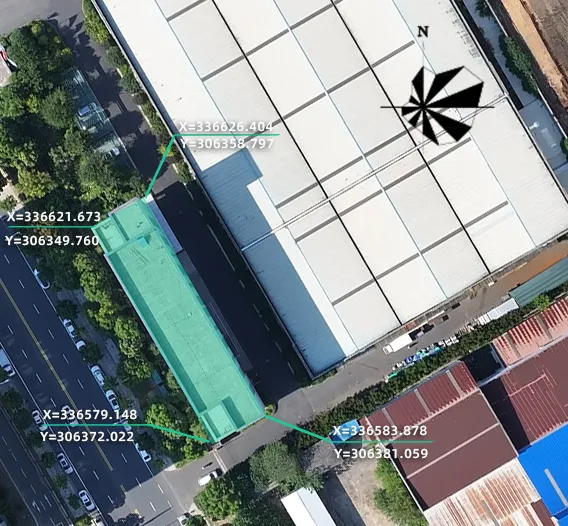
Implementing the “Energy Conservation and Carbon Reduction” Design Concept
In the architectural design, centered around the concept of “energy conservation and carbon reduction,” several strategies have been adopted:
- Passive Design Priority:Emphasis on passive building design principles to enhance energy efficiency.
- Active Equipment Optimization:Integration of active systems to optimize energy efficiency.
- Smart Building Systems:Comprehensive implementation of a “smart building” system, ensuring that the principles of health, comfort, and low-carbon energy-efficient buildings are incorporated throughout the entire process of creating intelligent environments.
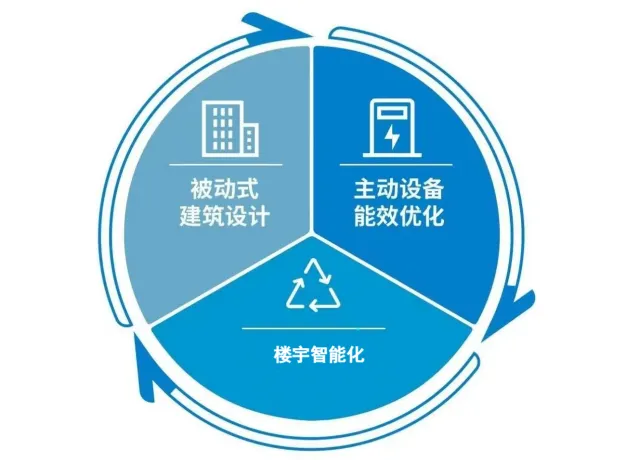
Jinxingyu Shade deeply understands future demands by introducing intelligent control systems. By effectively managing indoor air quality, temperature, humidity, lighting, and illumination, the company further reduces energy consumption, creating a healthier, more comfortable, and energy-efficient environment.
Technical Pathways Behind Ultra-Low Energy Consumption Buildings
This project fully adopts an ultra-low energy consumption technology system for construction, with a passive design priority that primarily includes:
1. High-Performance Windows and Doors:
By utilizing a high-performance triple-glazed, double-chamber window system, the project enhances airtightness, thermal insulation, and light transmission rates, thereby reducing indoor energy consumption loads.
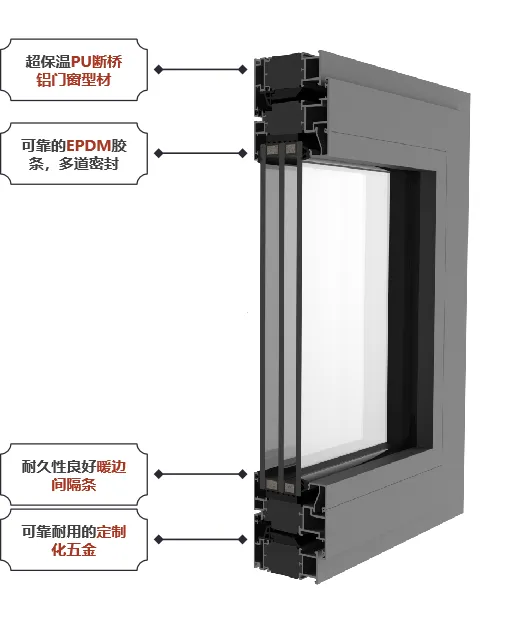
2. Efficient External Shading System:
While high-performance windows and doors enhance thermal and airtight performance, solar heat gain remains a significant challenge, as window openings are the weakest points in the building envelope.
The building’s orientation is 25° Northwest, with over 5 hours of sunlight from the east and west, more than 10 hours from the south, and about 3 hours of low-radiation sunlight from the north during the summer solstice. Without shading measures, intense sunlight can cause indoor temperatures to spike, increasing energy consumption and leading to glare, which negatively affects employee productivity and comfort.

To address this issue, the building features structural self-shading platforms on the north and south sides. For the east and west orientations, movable JB-CE-90S aluminum Venetian blinds have been selected. These products achieve over 90% shading and thermal insulation efficiency. The slats can be adjusted flexibly between 0° and 90°, allowing for precise control of light levels entering the interior, reducing glare and lowering energy consumption.
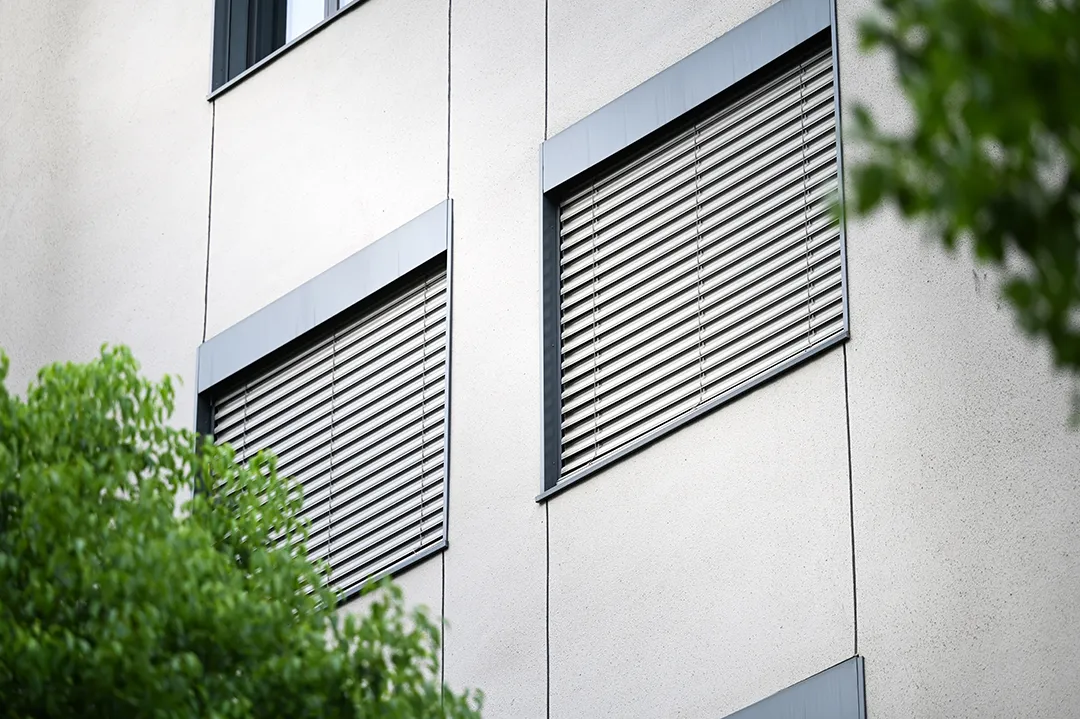
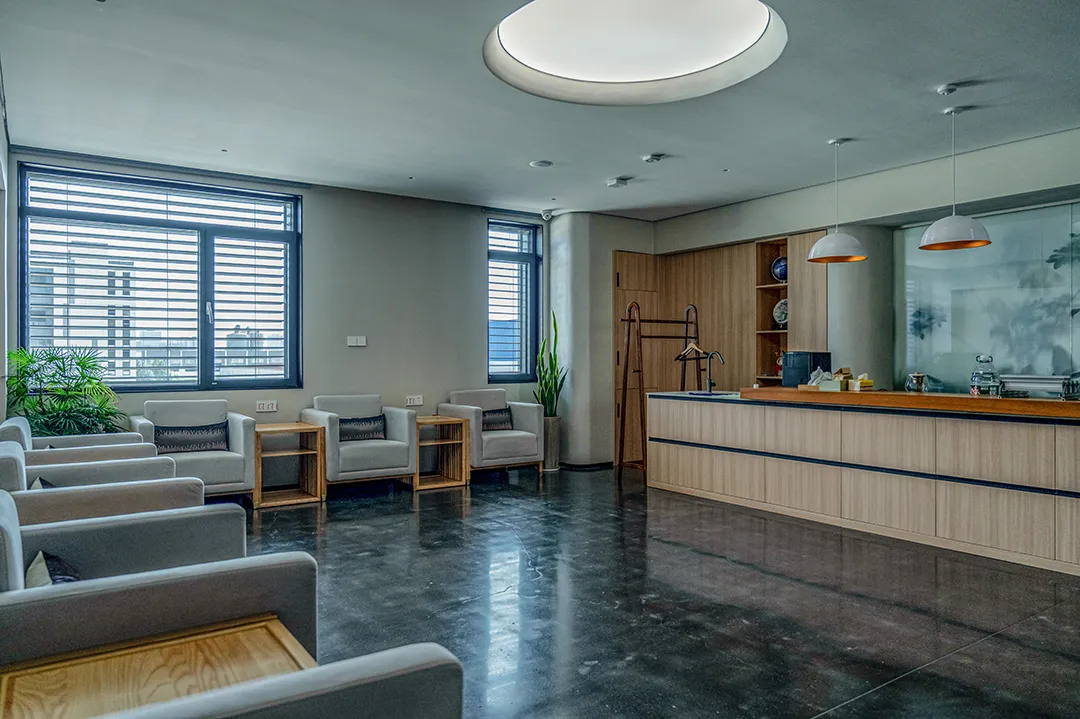
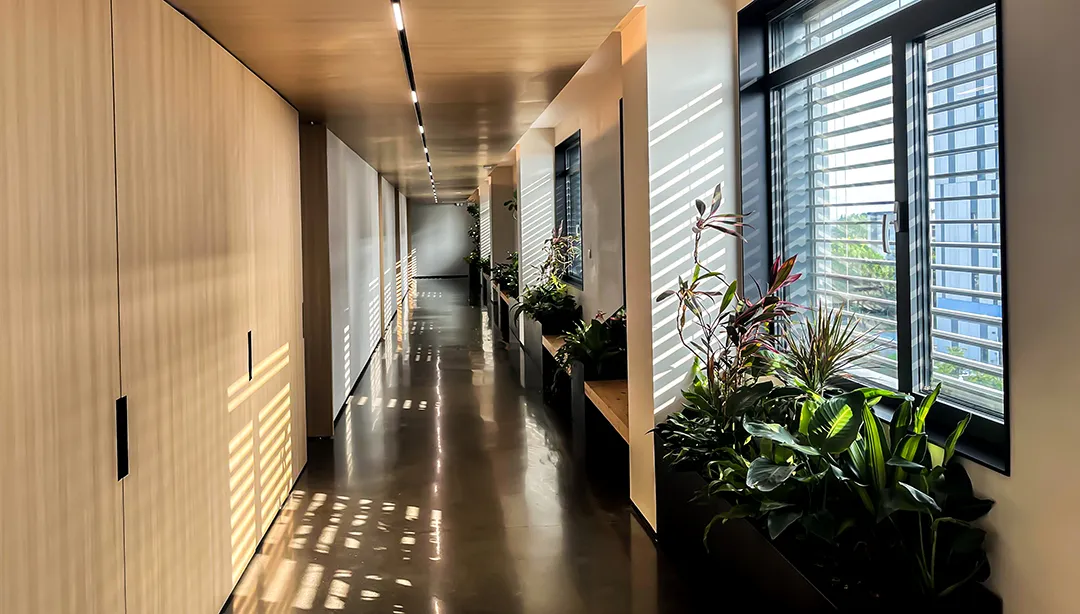
The building also incorporates an intelligent shading control system to further enhance shading and daylighting performance. This system utilizes an outdoor weather station to sense changes in external conditions and natural factors, enabling automated functions such as:
- Safety Protection for Shading Blinds
- Sun Tracking
- Timed Control
- Winter/Summer Modes
- Scene Linking
- Staggered Activation
- Centralized Control
These features allow for intelligent and precise adjustments, addressing common issues in shading applications, such as underuse, inconvenience, and ineffective performance.
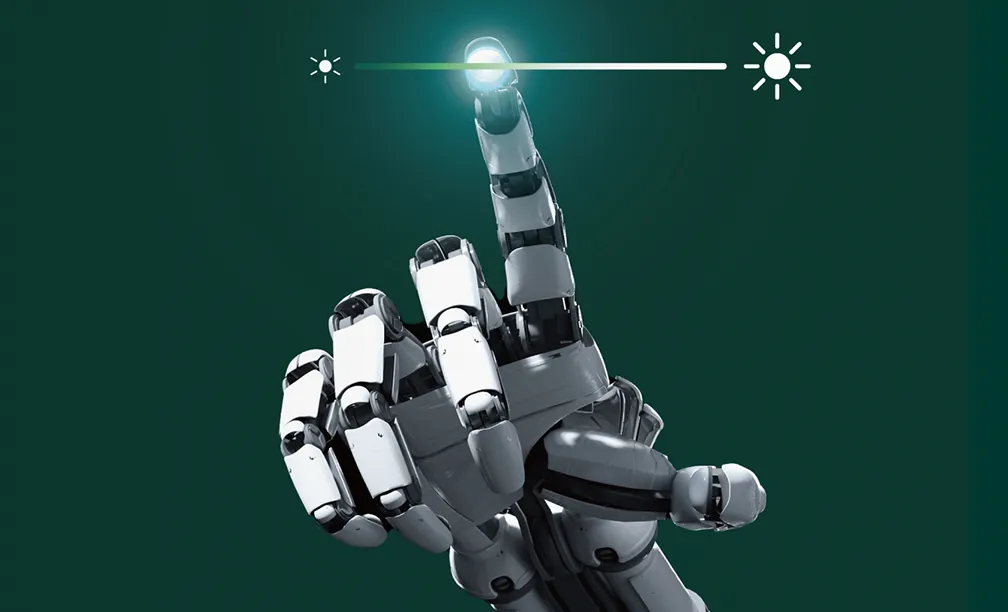
Efficient External Insulation System:
The project utilizes an efficient exterior wall insulation system, employing 100mm thick graphite polystyrene boards to create a complete thermal envelope around the building’s façade, achieving high levels of insulation efficiency.
Building Airtightness:
Airtightness requirements for the entire building have been achieved through focused treatment of various areas, including the envelope structure itself, junctions of different wall materials, connections between doors/windows and walls, and where pipes (including conduits and ductwork) penetrate the building envelope.
Near Zero Thermal Bridge Design:
By evenly applying insulation materials and reinforcing areas such as parapets, equipment platforms, pipe penetrations, external wall brackets, and rooftop equipment foundations, the insulation effect is enhanced, minimizing the adverse impacts of thermal bridges and preventing condensation and mold growth.
Additionally, the project incorporates the following active devices for energy efficiency optimization:
Heat Pump Fresh Air Environmental Control Unit:
The JE-R300QX3, independently developed by Jinxingyu, integrates cooling, heating, dehumidification, fresh air supply, purification, and efficient heat recovery. It precisely adjusts indoor temperature and humidity based on indoor and outdoor environmental parameters, ensuring safe and healthy indoor air quality. This creates a stable environment with constant temperature, humidity, oxygen levels, cleanliness, and quietness, significantly reducing energy consumption and waste for cooling and heating in the building.

Efficient Intelligent Lighting:
This project utilizes energy-efficient LED lights combined with an intelligent lighting control system. The lighting area is divided into several zones, allowing for automatic control of lighting devices based on each zone’s functional purpose, usage habits, different time periods, and indoor/outdoor illumination levels. This enables centralized management and integrated control of natural daylighting and artificial lighting.
Additionally, the system can preset various lighting scenes, automatically adjusting according to time, the function of the space, and indoor/outdoor brightness levels.
Smart Building Operation and Maintenance System:
The Jinxingyu Ultra-Low Energy Consumption Demonstration Office Building features a fully self-developed smart building operation and maintenance system. The smart building platform integrates various components, including shading, cooling, heating, fresh air supply, energy management, environmental monitoring, lighting, background music, and local control panels. It serves as a controllable, monitorable, and visual operation platform that combines intelligent scenarios.
The smart functionalities primarily focus on:
- Intelligent Shading
- Intelligent Environmental Control
- Intelligent Lighting
- Environmental Monitoring
- Energy Consumption Management
- Smart Scenario Dimensions
This project has installed environmental sensors in various areas of the building. The data collected by these sensors is fed back to the system, which analyzes the information and makes corresponding adjustments to the environmental equipment.
How can energy consumption data be viewed in real time? The project collects sub-item energy consumption data for air-source heat pumps, environmental control units, shading systems, lighting, outlets, elevators, and photovoltaics. This data is then compiled and presented in the form of energy flow statistics for easy viewing and analysis.
Additionally, this project has established various adjustable and flexible scenario modes within each functional area. These scenario modes combine the functions of a series of connected devices and automatically execute based on users’ specific scene requirements. This significantly reduces the hassles associated with traditional single-device operations, allowing users to enjoy the convenience of one-click operations through the smart system and eliminating unnecessary labor costs.
Contact us

Kevin
Account Manager

info@ulepanda.com

+86 18551587339

+86 18551587339


